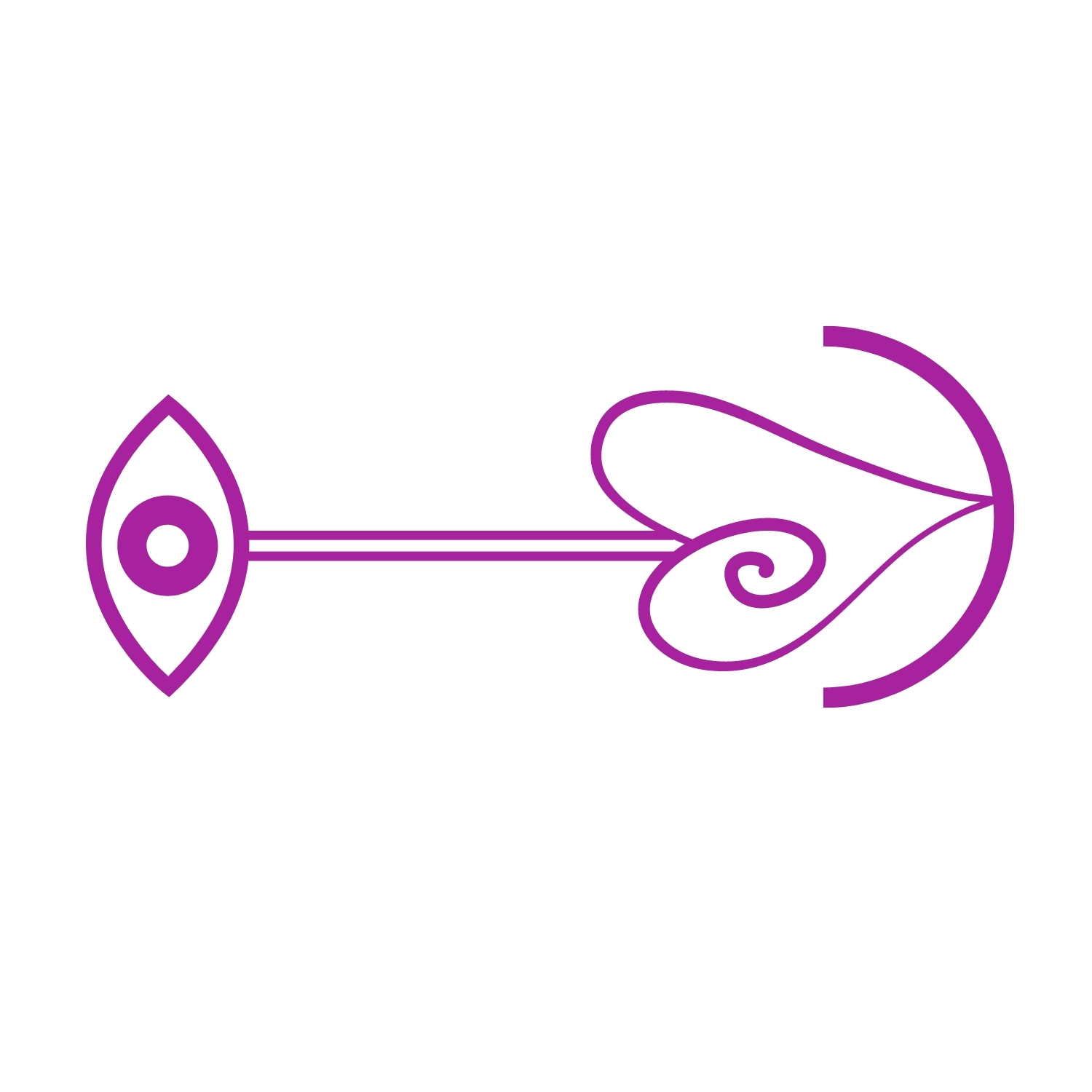Alignment is a vitally important part of being human. It affects our ability to create a sense of calm readiness, peaceful alertness, or what I like to call soft power. It is from this place of soft power that we are able to jump into action or to come to a full rest; to easily make decisions and hear the voice of our intuition; and to allow our emotions to easily move through us.
Even when we’re still, we are moving. Our cells, tissues and organs all move. When their movement is in harmony, we call that coherence. We naturally move in and out of coherence, and it’s our ability to readily return to coherence that is a sign of our resilience. One way to support coherence is to meditate, specifically the Heart Coherence process from HeartMath Institute. I have recently recorded my own version of this as a guided meditation for my clients, and they are so grateful! I like to call it Heart-Brain Coherence, because it not only affects the heart, but the brain as well. But, if you’re not into guided meditation, there is another way.
Alignment creates coherence.
Through proper alignment, we enter coherence and everything works well, physically, mentally, and emotionally. Therefore, coming into alignment can lead to optimal wellness. What is proper alignment?
We may look at someone who’s standing very stiff and straight and say they have good posture. But, actually, the muscle tension and tightness required to keep the body that stiff, sends a signal to the nervous system that there’s a problem. Something’s not right. And conversely a lot of us are working forward these days, looking at our phone and working at the computer, and so we have the tendency to let our face jut forward out of alignment with our shoulders. That face-forward motion is also sending a signal that there’s something wrong. And when we flatten the curve in our neck, or lower back, especially, that also sends a signal to the nervous system that something is not right–there’s an issue.
Green Light and Red Light
These two body positions, either the very stiff and straight body position, or the slumped body position, have been termed “Green Light” and “Red Light”. Green Light means activated, moving forward, getting ready for action and is a fight/flight response body position. And the slumped position with the face jutting forward, as we’re doing our work on the computer or writing, for example, that is the Red Light reflex, which means stop or shut down, withdraw. So in either case we are not sending the right message to the nervous system that all is well.
The terms “Green Light” and “Red Light” are used in the two movement practices of Hanna Somatics and the Feldenkrais Method. These are two body movement practices, that are based on the concept of the trauma reflex or the trauma responses of fight, flight and freeze, withdrawal or shutdown (Red Light) being one of the components of freeze. The movements are designed to allow the body to find a more neutral position so that we can turn off those two reflexes.
No more added pressure, please.
A very important part of these movement practices, is that we are not trying to add another pressure to the system–the pressure that’s in the system already, by having the head forward and the tail curled, for example, in the shutdown or withdrawal, the Red Light position. If we are using effort to move out of that body position and trying to straighten up from there, we’re adding a pressure to the system that’s already in place. Our nervous system is already under siege. Instead, in both Hanna Somatics and Feldenkrais, we are invited to support the body position that’s already present, the slump (Red Light), let’s say. We go a little further into that slump, and then ease ourselves out slowly into a more neutral position. By doing this, we are now creating a feeling in the body, a felt sense, of ease in being in a more aligned position, rather than feeling a pressure to straighten up. And, actually our spine isn’t straight. It has curves in it. And these natural curves are meant to be there to allow us the flexibility for walking, running, sitting, etc.
What is proper alignment?

I felt it was important to include, symbolically, what is needed for optimal alignment in the logo for my business, Move Into Resilience. The image has four parts in it: the eye, two parallel lines which represent the esophagus, the heart, and a curved line which represents the pelvic floor.
It’s from this place that we can have optimal functioning of our body, our brain, and our emotions.
When we line these parts up—the backs of the eyes, the esophagus, which is the tube that we swallow through, the heart, and the pelvic floor—with them soft and expanded, the signal goes to the nervous system “all as well”, and we function optimally. We can effortlessly move into action or come to rest. We’ll be able to make decisions and use our intuition. We’ll be able to express ourselves clearly and have our emotions not take us over. And all of our organs and systems will function optimally as well. That’s Soft Power. Here’s to you, your alignment, and your wellness!

Pamela Stokes, Creator and Founder of Move Into Resilience, provides trauma-informed therapeutic movement and brain training through her podcast and YouTube series, Move Into Resilience, 1-1 Somatic Release sessions, and Mindful Motion practitioner trainings, online courses, and experiential group presentations.

